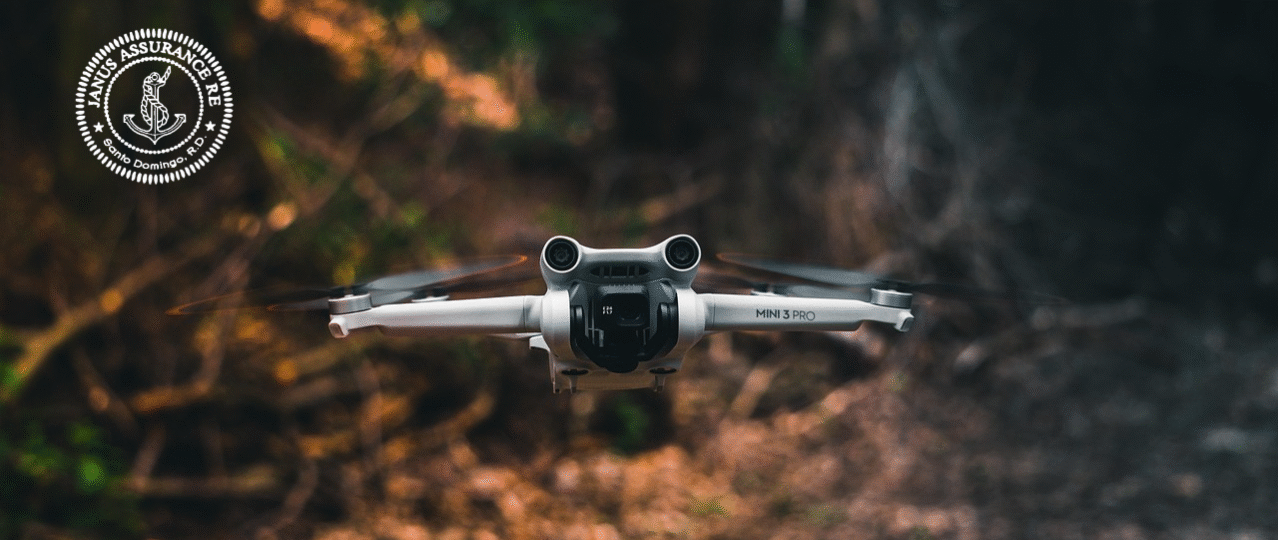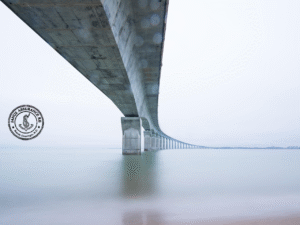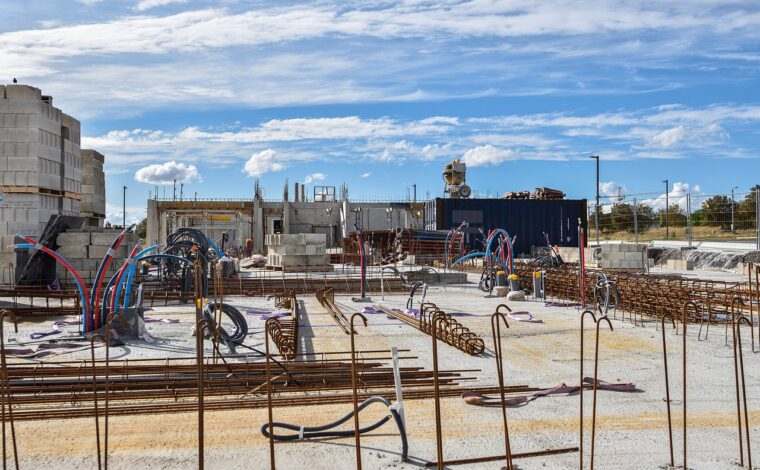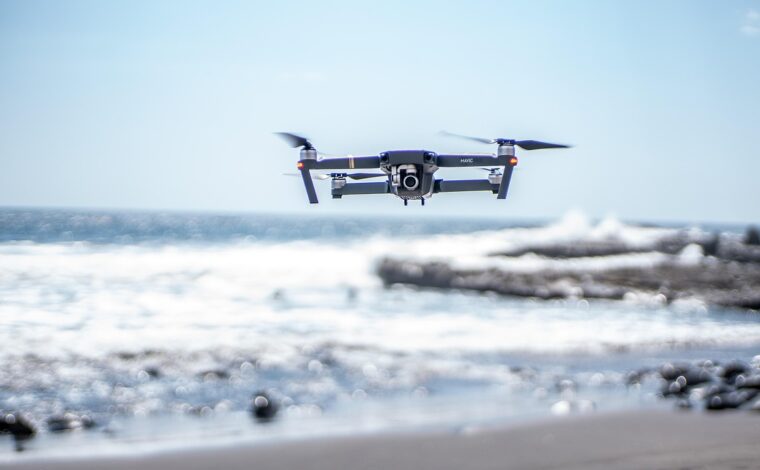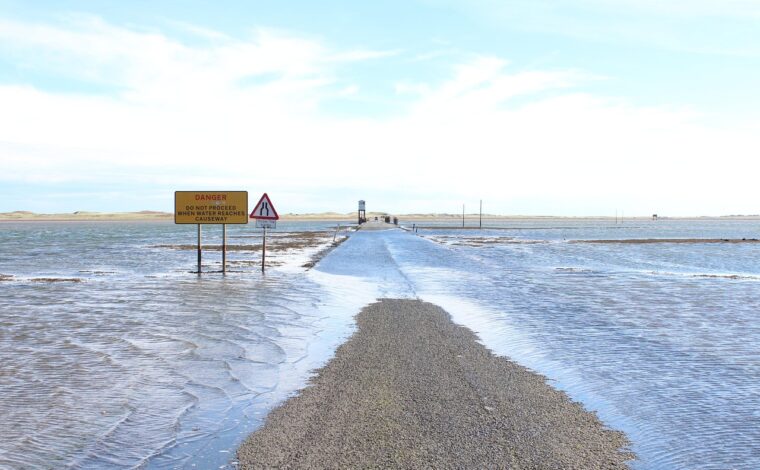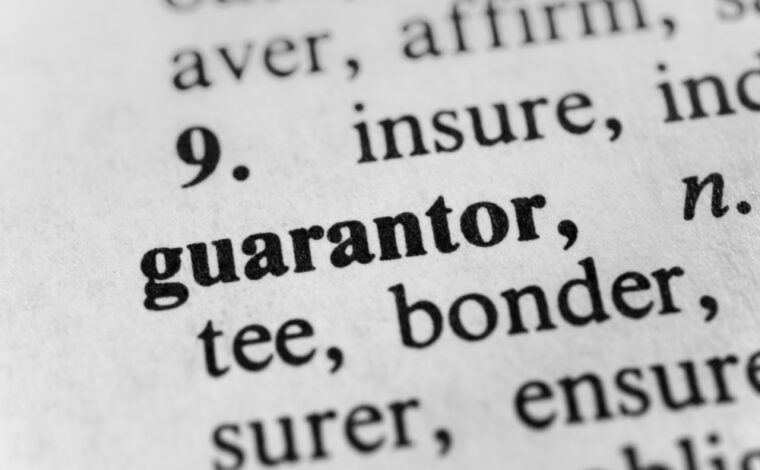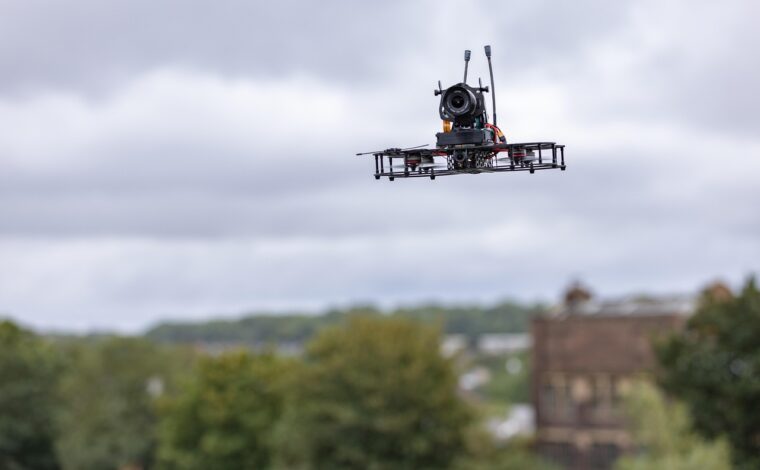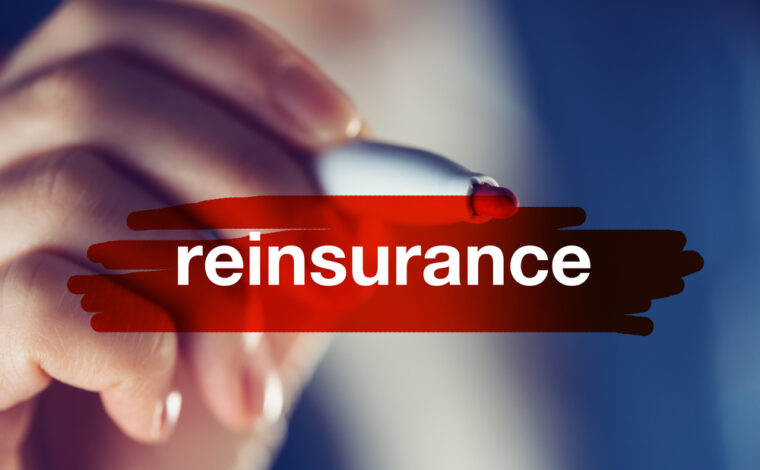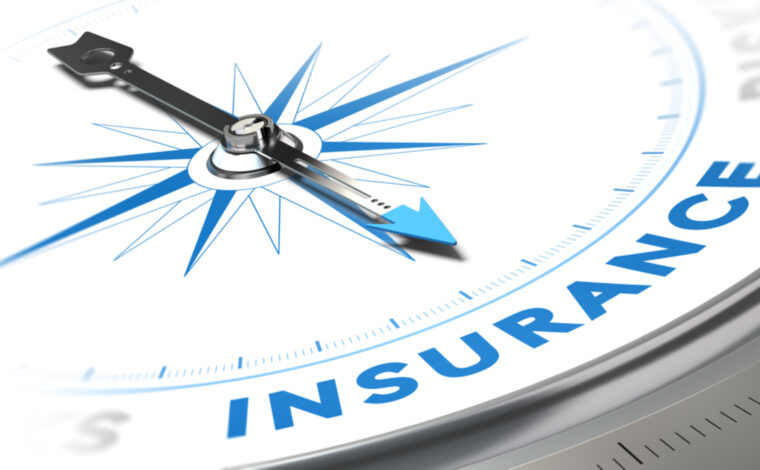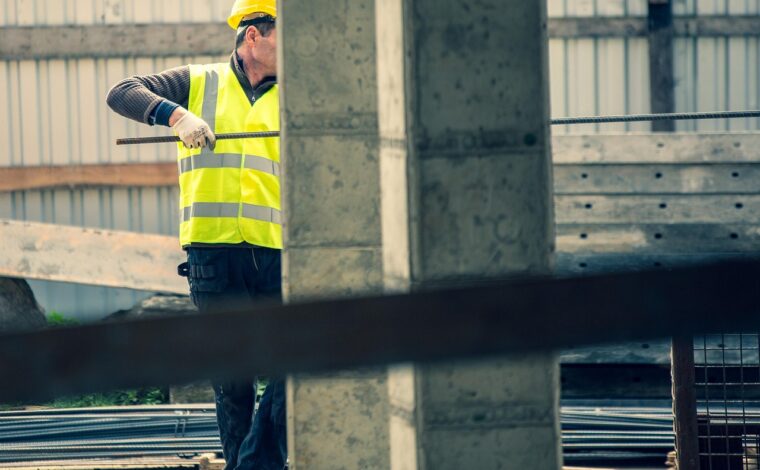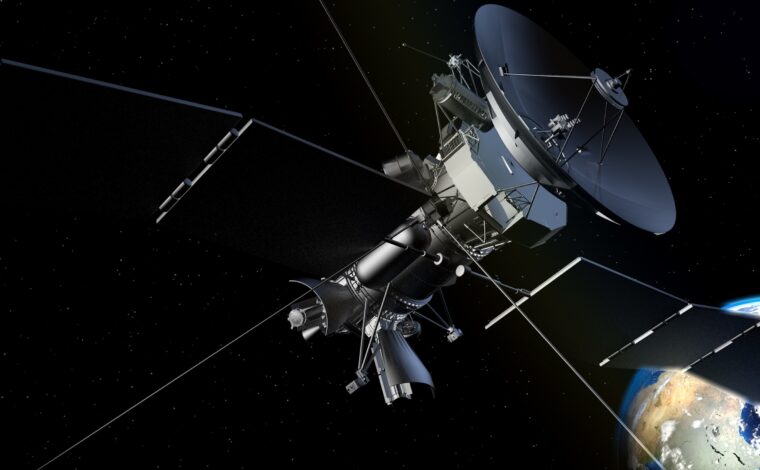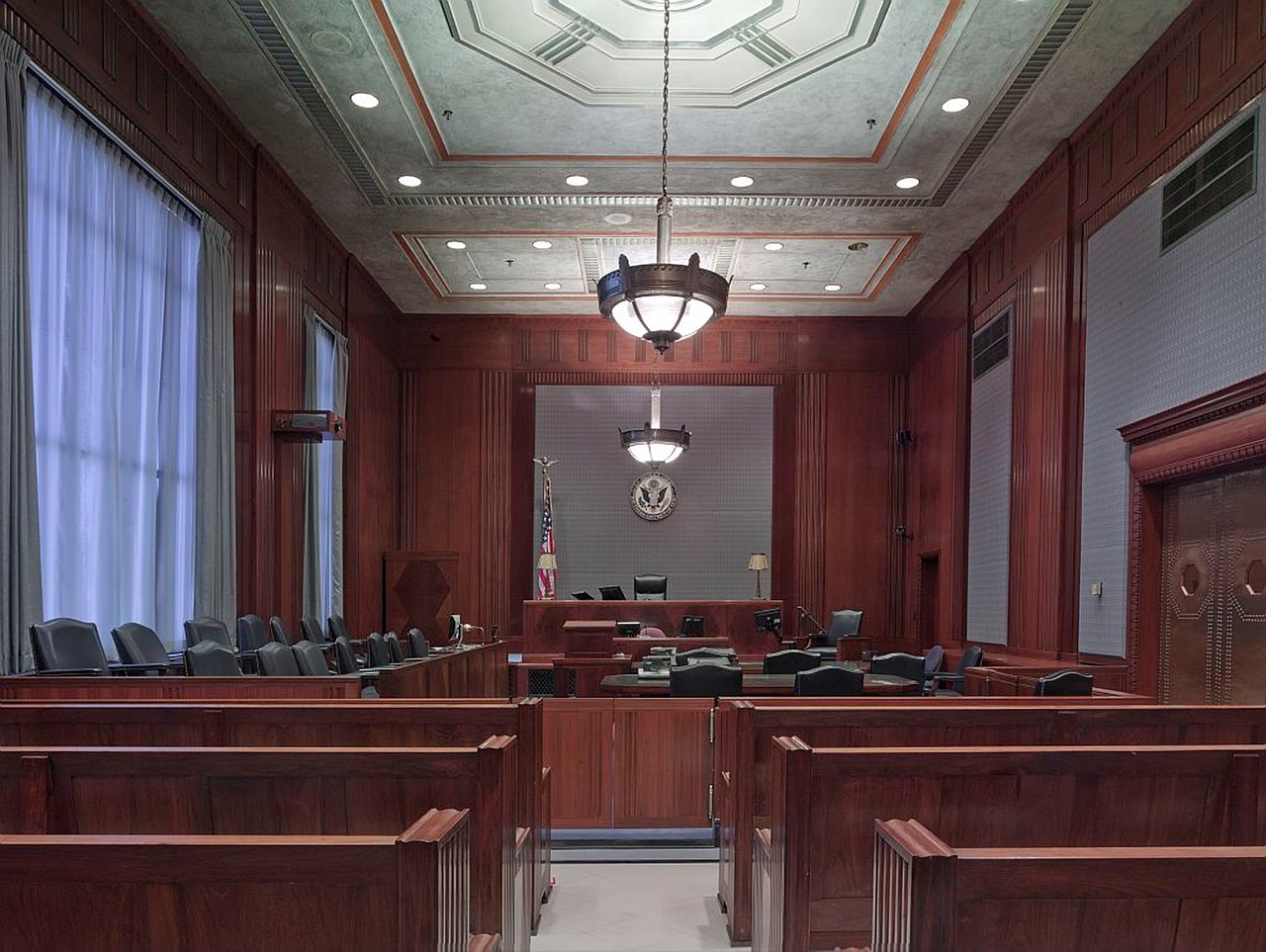Commercial drones have evolved rapidly from experimental devices into essential instruments across construction, agriculture, utilities, logistics, filmmaking, and public safety. As flight hours and mission complexity increase, so do the risks associated with unmanned aerial systems (UAS). Drone liability insurance has emerged as a critical safeguard, protecting operators, clients, and the public from financial and legal exposure. At Janus Assurance Re, we believe that true success in the insurance industry lies in anticipating where risks develop and modern risk increasingly takes place in the skies above job sites, farms, transmission corridors, and city centers. A drone insurance program – UAV UAS liability coverage is no longer optional. It is the foundation of responsible UAV operations.
Unlike traditional commercial general liability (CGL) policies, which almost universally exclude aviation-related exposures, drone liability coverage is crafted specifically for the unique challenges of unmanned aircraft. UAS policies address the reality of third-party bodily injury and property damage caused by drone operations, but also more nuanced risks such as alleged privacy intrusions, airspace violations, and damage arising from non-owned or subcontracted drones. Because UAV operations frequently occur at low altitudes over populated areas and involve advanced sensor payloads, they occupy a liability category distinct from manned aviation, blending aviation, premises, and cyber-related exposures. For operators, drone insurance is not just a compliance measure. Proper coverage is a financial and reputational proactive defense mechanism.
A comprehensive drone liability program includes several critical components. At its foundation is coverage for bodily injury and property damage to third parties. This protects operators in the event a drone injures a bystander or damages a building, vehicle, or other property. Beyond physical harm, policies can also extend to cover privacy and personal injury claims, reflecting the increasing number of disputes related to alleged surveillance or data misuse. Non-owned drone liability is particularly valuable for operators who rent or subcontract aircraft, ensuring that protection extends even when the equipment is not owned outright. For manufacturers and integrators, products and completed operations liability can address downstream harm arising from defective parts or system integration. These core coverages can be supplemented with optional protections for hull (the drone itself), payloads, ground equipment, and even cyber exposures linked to command-and-control systems.
Regulatory compliance plays a decisive role in underwriting and pricing. Insurers examine whether an operator maintains Federal Aviation Administration (FAA) certifications, complies with remote identification rules, secures necessary waivers, and implements operational safeguards such as geofencing and emergency procedures. At Janus Assurance Re, we recommend that clients maintain a formal UAS Operations Manual, documenting pre- and post-flight protocols, maintenance logs, incident reporting, and data handling practices. Such manuals not only enhance safety but also improve insurability, demonstrating to underwriters that the operator manages risk with professionalism. Robust compliance and documentation can lead to broader coverage terms and more favorable premiums.
Underwriting drone liability requires a three-part assessment: the aircraft, the mission, and the management. Factors such as the drone’s weight, payload, redundancy systems, and modifications are considered alongside the mission environment, i.e., urban or rural, over people, or involving critical infrastructure. Equally important is the operator’s internal management system: training standards, safety culture, incident reporting, and cyber hygiene. When operators can present detailed flight logs, training records, and evidence of safety practices, they not only lower their total cost of risk but also differentiate themselves as best-in-class businesses.
Claims scenarios illustrate the necessity of drone liability insurance. Consider a drone filming a public event that loses control and injures spectators; liability coverage ensures medical expenses and defense costs are met. A roof inspection that inadvertently dislodges tiles, causing damage to nearby vehicles, also falls under property damage coverage. Privacy allegations, such as claims of intrusive data collection, can be defended through specialized personal injury endorsements. Even when operators use rented or subcontracted drones, non-owned liability ensures uninterrupted protection. In every case, swift claims handling and aviation-savvy defense are essential to mitigating reputational harm, a philosophy central to Janus Assurance Re’s approach.
Program design requires careful calibration of policy limits, territory, and endorsements. Contractual obligations often demand minimum liability limits, waiver of subrogation, and additional insured status, especially in construction, media, and utility sectors. Janus Assurance Re develops scalable programs that align with client contracts, revenue, and fleet size. We also provide manuscript endorsements tailored to specialized operations, including beyond-visual-line-of-sight missions, night flights, or swarm operations. For larger operators, we can structure self-insured retentions and reinsurance-backed capacity to support growth while maintaining financial discipline.
Risk engineering is central to reducing incidents and containing insurance costs. Operators that adopt structured risk mapping, standardized checklists, rigorous data encryption, and continuing education for pilots consistently outperform peers. These best practices not only improve safety but also translate directly into underwriting benefits. At Janus Assurance Re, we engage proactively with clients’ operational teams, aligning insurance programs with evolving safety standards and helping operators translate their operational excellence into competitive advantage.
The industries that benefit most from drone liability coverage are diverse. In architecture, engineering, and construction, drones are indispensable for surveying and progress monitoring. In energy and utilities, drones inspect turbines, pipelines, and transmission lines. Agriculture increasingly depends on drones for precision spraying and crop monitoring, while media companies and event organizers use them to capture aerial footage in environments where liability exposures are high. Public safety agencies and humanitarian organizations rely on UAVs for search-and-rescue and disaster assessments, requiring dependable insurance that adapts across jurisdictions. In all these sectors, drone liability insurance provides the assurance needed to operate confidently and contract effectively.
Janus Assurance Re differentiates itself by specializing in complex and emerging risks, including UAV operations, immediate underwriter review and coverage delivery. Unlike generalist carriers, we offer manuscript flexibility, strong capacity, and international footprint, and an advisory mindset that helps clients leverage compliance and risk management for better coverage outcomes. Our mission is to transform uncertainty into a predictable cost of business, empowering operators to bid on contracts, expand into new territories, and adopt advanced technologies without fear of financial ruin from unforeseen incidents.
Drone liability insurance has become indispensable for professional UAV operators across industries. It fills the gaps left by general liability policies, protects against both physical and intangible claims, and ensures compliance with contractual and regulatory demands. We provide not only coverage but also counsel, partnering with operators to design, implement, and optimize insurance programs that scale with their ambitions. By securing UAV liability coverage, businesses can approach the skies with confidence, knowing they are protected against the complex risks of modern unmanned aviation.

